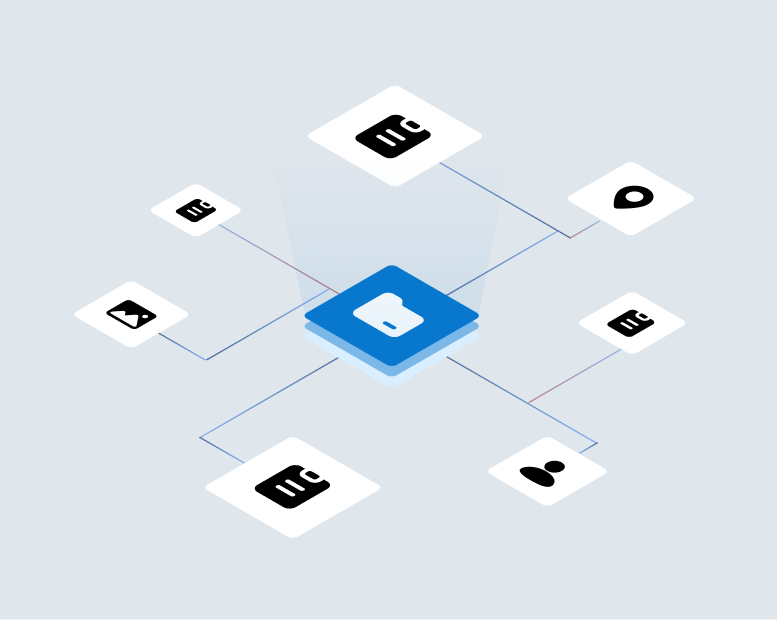In the complex world of insurance, it’s tempting to lump policyholders into neat categories based on their perceived risk: good segments, bad segments, and everything in between. But risk isn’t static, and customers are more than just data points on a spreadsheet. When the market gets tough – and let’s face it, it always does – it’s your good customers in so-called “bad segments” who often need your support the most. Ignore them, and they’ll remember. Invest in them, and they’ll never forget. Insurers can shift their mindset to thrive in evolving markets.
The Temptation to Simplify
When profitability comes under pressure, the instinct is to tighten the reins on underwriting and pricing in “high-risk” segments. This might mean scaling back offerings or increasing rates disproportionately. While this approach might protect short-term results, it’s a blunt tool that risks alienating the very policyholders who could be your strongest long-term allies.
Bad segments often include hidden gems: responsible drivers in high-risk geographies, long-term customers with one off-policy misstep, or cautious homeowners in weather-prone areas. These customers carry the stigma of their segment, but their individual behavior and loyalty tell a different story.

Data Is a Guideline, not a Verdict.
Good underwriting is about precision, not generalization. Segments offer broad insights, but they can’t capture the nuances of individual behavior. Here’s where modern tools come into play:
Contextual Data: Use contextual insights to separate real risk from perceived risk. For instance, a household in a wildfire-prone area that invests in fire-resistant landscaping and home upgrades isn’t the same as a neighbor who ignores the risks.
Behavioral Indicators: Long-term loyalty, responsible claims behavior, and proactive communication are often indicators of a good customer – even in a “bad” zip code or demographic.Technology enables insurers to see these distinctions clearly, but it’s your strategy that determines whether you’ll act on them.
What Loving Good Customers Looks Like
Real Time, Risk Driven Incentives: There are good risks in every segment, it’s just harder to find them in high-risk areas. But when you find them, they are very profitable and there’s less competition for their business, so they tend to be long-term customers.
Proactive Communication: This applies to all customers but particularly ones in tough markets where rates tend to be higher. When rates must rise, reach out to customers to explain why and what actions they can take to mitigate them.
Mitigation Support: Give customers ways to reduce their risk profile and buy down their rate with digital documentation tools. For example, offer discounts for wildfire mitigation steps, free inspections, or even partnerships with local safety services.
Continuous Monitoring: Risk evolves, and so should your relationship with the customer. At VeracityID, we see a significant correlation between customer losses and the number of times they make certain changes to in force policies via endorsement. It’s essential that each customer change to an existing policy by analyzed and if high risk, be addressed with the customer in real time. The same can be said for changes that reduce risk. By rewarding customers when they remove a high-risk driver, carriers can reinforce their connection to good risks in a memorable way.
The Long-Term ROI of Care
When customers feel abandoned, their loyalty evaporates. Worse, they talk about it, eroding your reputation. But showing them that they’re valued – especially in a challenging segment – pays big dividends when renewal time arrives.
Good customers in bad segments don’t just help you stabilize your book of business today; they become advocates for your brand tomorrow. They tell their friends, stick around during market shifts, and deepen their relationship with your company.
In today’s fluctuating markets, success isn’t about cutting away the risks – it’s about nurturing the relationships that truly matter. The difference between thriving and struggling often comes down to this: how well you love your good customers, even when the numbers suggest you shouldn’t.
That’s not just underwriting – it’s understanding. It’s not just risk management – it’s relationship management. And in a world where every carrier is fighting for share, it’s the kind of love that builds loyalty no spreadsheet can measure.
VeracityID offers idFusion which gives Personal Lines Auto and Home carriers the ability to detect, intervene and resolve high risk and high value opportunities during application, endorsement and renewal. Our idFusionTM platform lets Underwriting, Product and Claims teams collaborate to create specific risk solutions without costly, time-consuming IT intervention.


